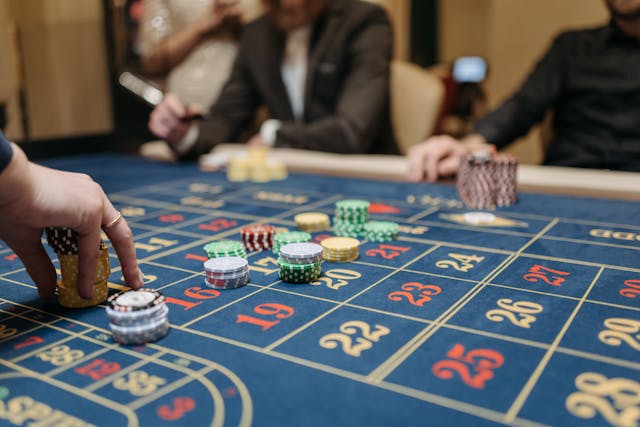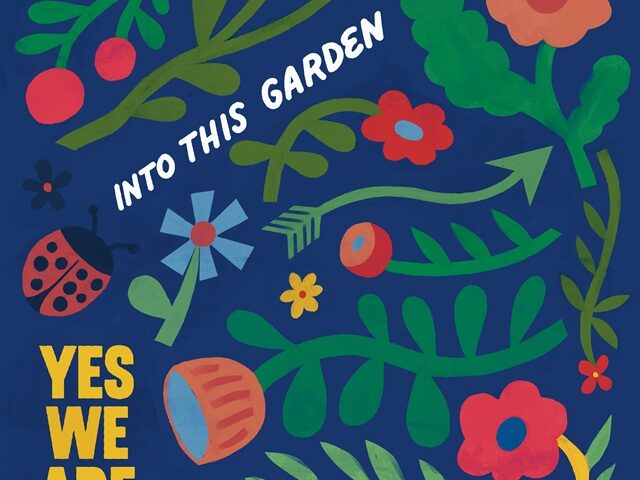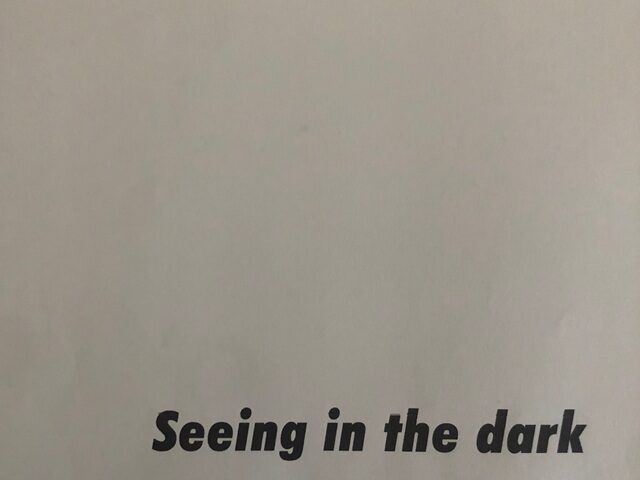
There is something about gambling that fits naturally with the blues and rock. It may be the risk, the thrill, or the way one bad hand can change everything. From smoky juke joints to packed arenas, artists have used the language of chance to capture heartbreak, freedom, and the excitement of living on the edge.
These lines are more than clever phrasing. They carry deeper meaning, where rolling dice in a blues ballad or going all in with a rock anthem turns gambling into a universal way of telling life’s rawest stories. Let us trace how these lyrical bets became some of music’s most enduring symbols.
Rolling the Dice: The Birth of Gambling Themes in Early Blues
Blues music began in the American South, shaped by harsh realities, long workdays, and a profound need to voice pain, hope, and survival.
In places such as Mississippi and Louisiana, the blues became a way for people to describe real struggles, from broken love to financial hardship. Gambling naturally entered this language, since life often felt like one giant game of chance.
Songs spoke of rolling dice, playing cards, and betting it all, not only at tables but in relationships and personal dreams. The gambler was more than a man in a backroom game. He represented someone trying to beat the odds and find some luck in a difficult world.
These early works laid the foundation for what we now recognise as casino classics in musical metaphor. Tracks filled with grit, chance, and risk became the model for the gambling imagery that continues to shape rock anthems today. From the blues to rock, the language of chance endures because it tells the truth in ways few words can.
High Stakes and Heartache: Gambling as a Symbol in Classic Blues Songs
In classic blues, gambling symbolised far more than money. It expressed pain, betrayal, and the long road to freedom. Bessie Smith’s haunting “Dying Gambler’s Blues” tells of a life destroyed by risk and regret, with everything staked and ultimately lost.
Blind Willie McTell and Howlin’ Wolf also tapped into this imagery. In “Little Queen of Spades,” the narrator sings of a “gambling woman” whose allure and danger blur the lines between passion and ruin.
Card game references to spades, deals, and hands became shorthand for betrayal, lust, and the inability to walk away. These songs did not merely mention gambling. They embodied it, showing how love could be a bad hand, trust could be a bluff, and some people kept playing even when the deck was stacked against them.
From the Delta to the Mainstream: The Evolution of Gambling Imagery in Rock
As blues developed into rock, gambling imagery remained strong. In the electric current of the 1960s and 1970s, riffs replaced acoustic slides, yet dice, cards, and casino motifs carried forward. The Rolling Stones leaned heavily on their blues roots even as they amplified their sound, and they turned that tradition into gambling metaphors.
Their 1972 track “Tumbling Dice” centres on a gambler who cannot stay loyal. Around the same time, “Casino Boogie” appeared on Exile on Main St., directly nodding to the high-stakes imagery inherited from blues.
Led Zeppelin also felt this pull. While their songs did not always include explicit card references, their blues influences made risk, chance, and rebellion central themes in rock.
As the decades progressed, gambling metaphors expanded. Poker hands, roulette wheels, and casino floors became common shorthand for temptation, risk, and fate. This evolution helped carry gambling’s language from Delta juke joints into stadium-filling anthems.
Ace of Spades and Beyond: Rock’s Embrace of Risk and Rebellion
When Lemmy roared the lines of “Ace of Spades,” he captured rock’s wild heart, making it one of the most definitive gambling anthems. The song did more than reference cards. It embodied a life on the edge, daring fate to deliver a winning hand.
Throughout rock history, gambling has symbolised defiance and rebellion. To go all in is not simply about money. It represents staking identity, pride, and freedom. Bands embraced that sense of danger, using chance as a weapon, a challenge, and a mirror of existential struggle.
Beyond Motörhead, other artists took the metaphor and added their own spin. Kenny Rogers’s “The Gambler” offered poker wisdom to guide life’s choices, while The Clash’s “The Card Cheat” dramatised betrayal in a game gone wrong.
Together, these songs prove that gambling imagery is more than a gimmick. It remains rock’s way of asking how much someone will bet on themselves.
Modern Takes: Contemporary Artists Keeping the Metaphor Alive
Gambling metaphors continue to thrive in today’s music. Jimmy Eat World’s “Big Casino” uses poker as a lens to explore chance and uncertainty in life.
Blues revivalists also keep the theme alive while making it fresh. Vasti Jackson once spoke of writing “Casino in the Cotton Field,” blending rural Southern imagery with modern casino motifs to reflect cultural change and tension.
Indie and alternative bands often follow this path too. References to rolling dice, playing hands, or spinning the wheel frequently appear in lyrics about relationships, risk, and rebellion. Musicians continue to draw on gambling because it reflects human flaws, courage, and hope. The metaphor evolves with time, but it never fades.
The House Never Wins When the Song’s This Good
Gambling metaphors did not merely slip into blues and rock. They claimed a permanent seat at the table. From the Mississippi Delta to modern indie stages, musicians have used the imagery of risk, luck, and chance to tell authentic stories. Life is a gamble, and great music has always known how to play the hand.





